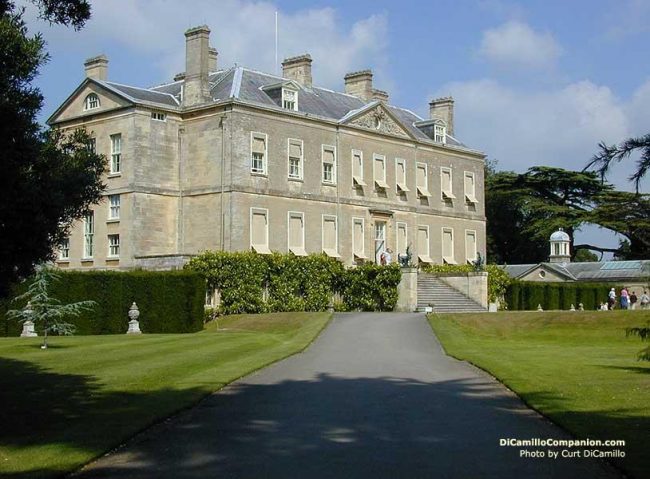
The Entrance Facade
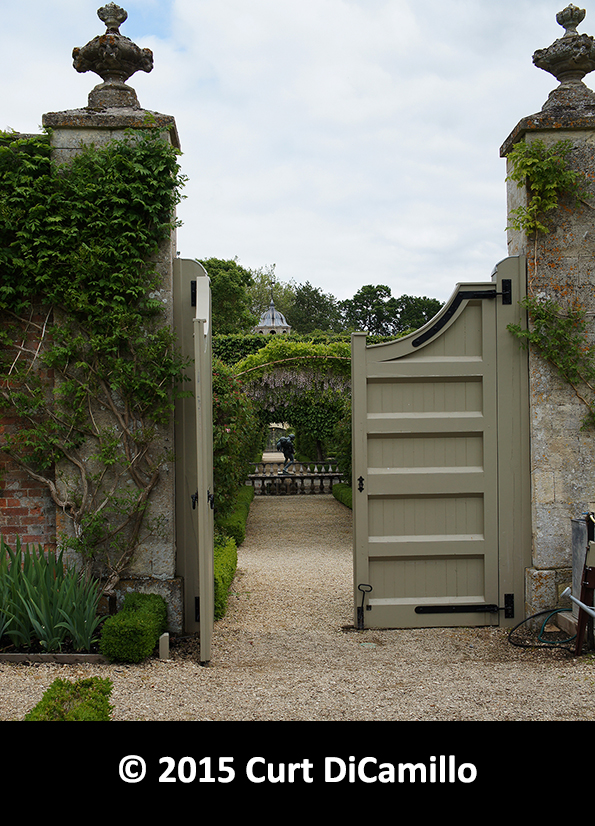
The Entrance to Lord Faringdon's "Charleston" House
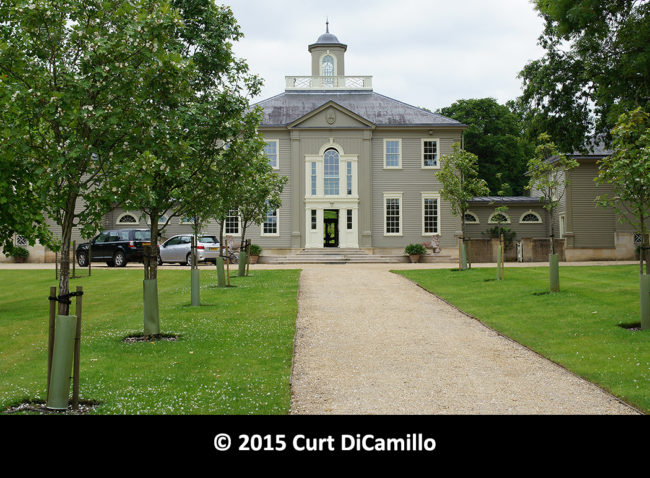
Lord Faringdon's "Charleston" House
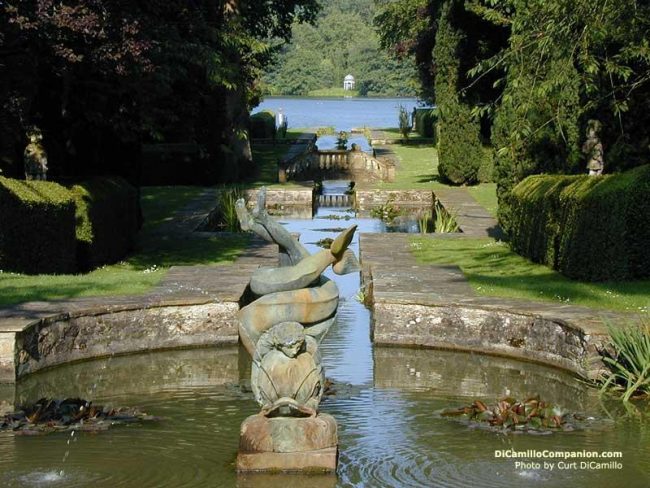
The Water Garden
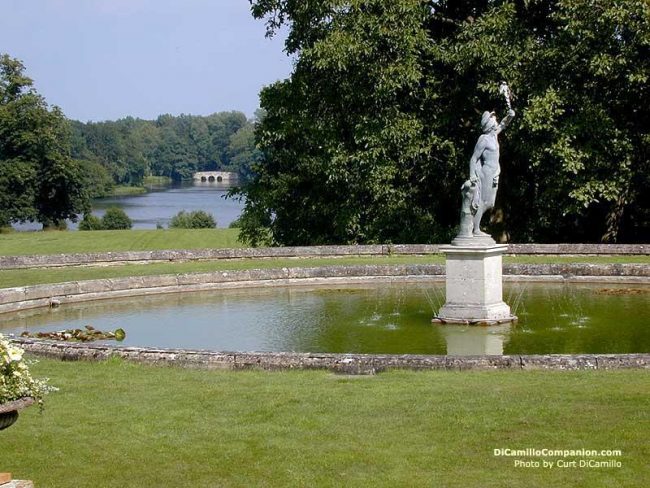
The Mercury Fountain and Bridge
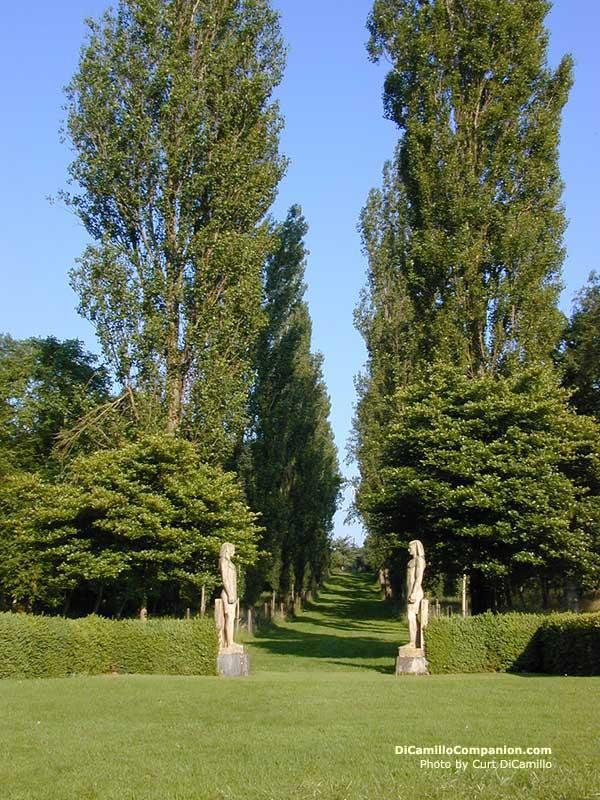
The Egyptian Walk
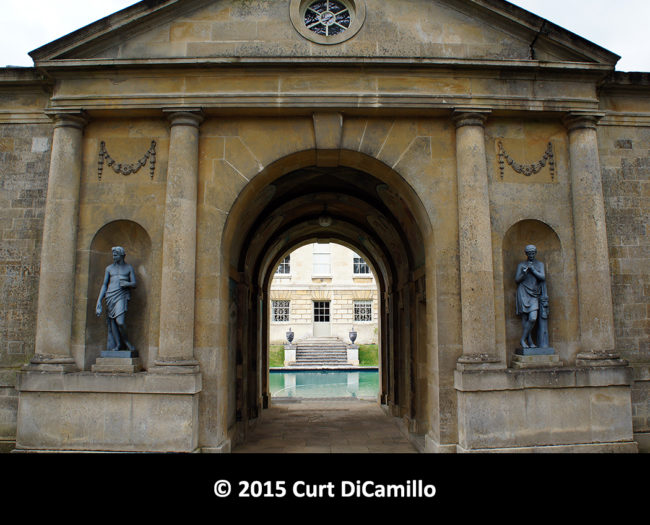
Entryway to the swimming pool
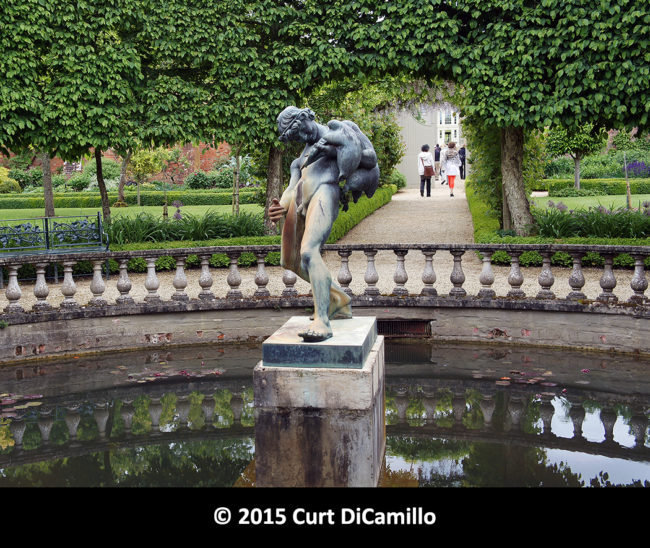
The Garden
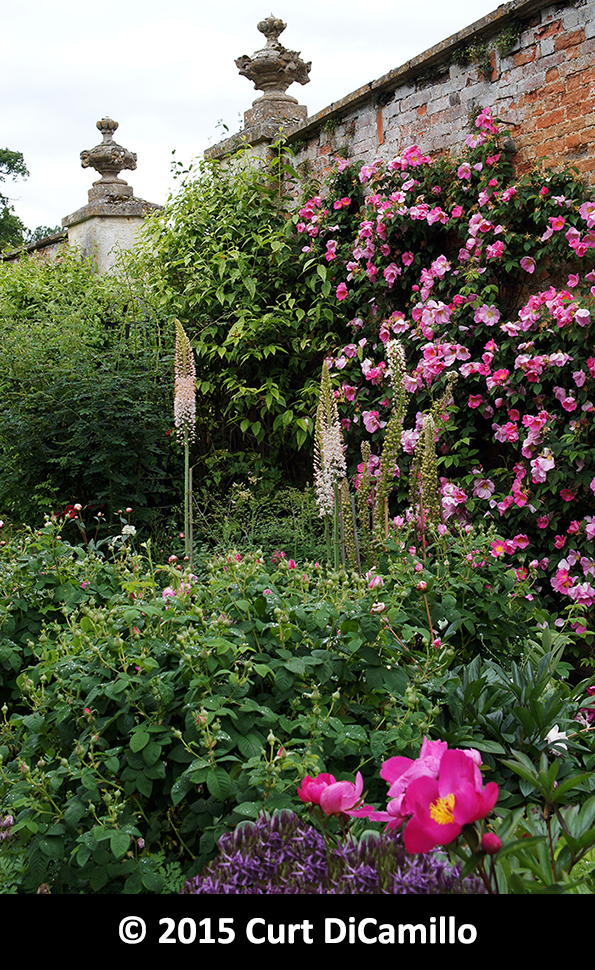
The Walled Garden
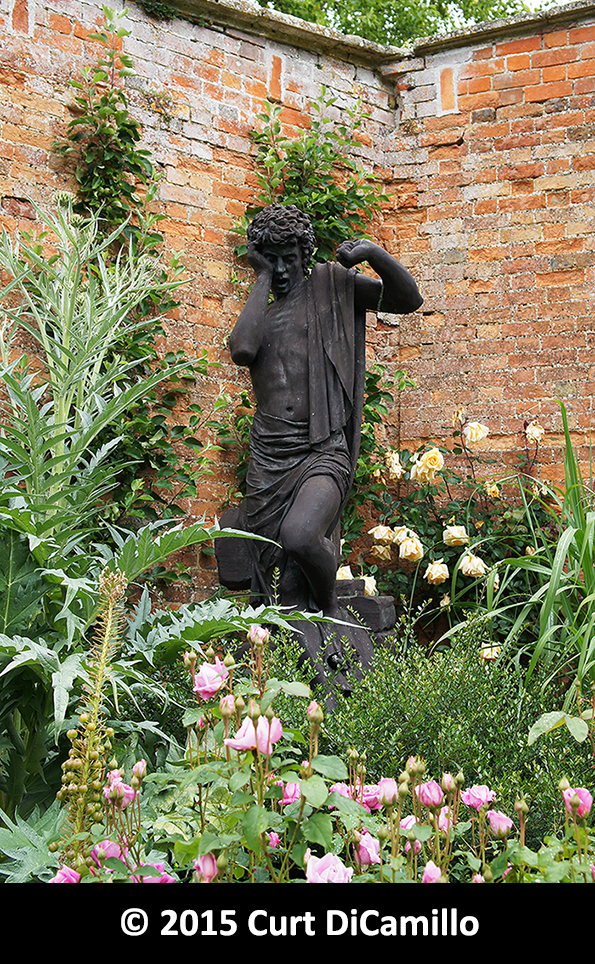
The Walled Garden
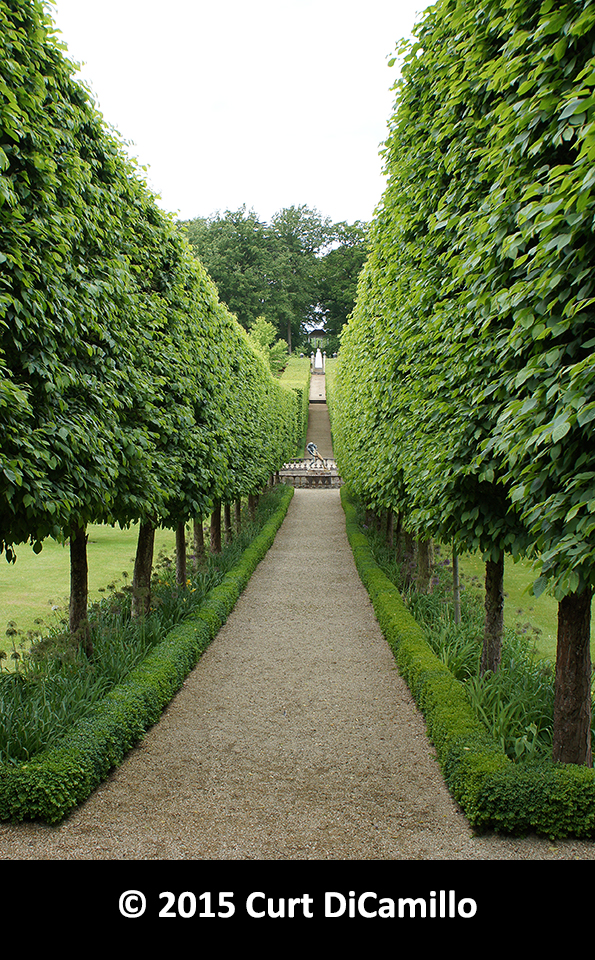
The Garden
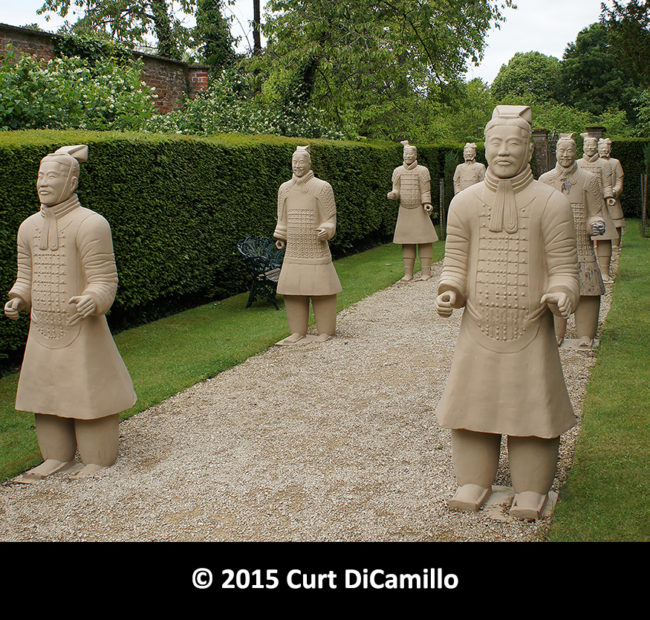
The Chinese Walkway
Built / Designed For: Edward Loveden Townsend
House & Family History: Buscot is a fine example of the late 18th century style for Italianate country houses in Britain inspired by the architecture of the Renaissance architect Andrea Palladio. The House was built for Edward Loveden Townsend and remained in the Townsend family until 1859, when it was sold to the Australian Robert Tertius Campbell. Campbell's daughter Florence later became famous as Mrs. Charles Bravo, the central character in the famous unsolved Victorian murder case. On Campbell's death in 1887 the House and Estate were sold to Alexander Henderson, a City financier, later the 1st Lord Faringdon. With a wide-ranging taste in art, Henderson purchased paintings by Rembrandt, Murillo, Reynolds, and Burne-Jones, laying a solid foundation for the Faringdon Collection. Gavin Henderson, the 1st Lord Faringdon's grandson and heir, was also an enthusiastic collector of pictures; it was he who added the majority of the pictures to be seen at Buscot today. He also remodeled the House by removing the Victorian additions that had compromised the original design, as well as building the two balancing pavilions that stand to the east and west of the House. In 1956 the Buscot Park Estate was bequeathed to the National Trust and the contents of the House were subsequently transferred to the Trustees of the Faringdon Collection. The present Lord Faringdon lives at Buscot Park, administering the House and grounds on behalf of the National Trust, and continues to acquire new works by contemporary artists to enhance the Faringdon Collection.
Collections: The Faringdon Collection is the result of a century of collecting works of art by the lords Faringdon. The collection includes paintings by Rembrandt, Reynolds, Rubens, Van Dyck, and Murillo, and there is a small but important collection of drawings. British art, especially of the 19th and 20th centuries, is particularly well represented in the collection, with some outstanding works by the Pre-Raphaelite artists Burne-Jones and Rossetti. One of Burne-Jones's masterpieces -- a set of four images illustrating the story of "The Sleeping Beauty" -- was purchased by the 1st Lord Faringdon for Buscot soon after the paintings were exhibited at Agnew's in Bond Street in the 1890s (the series took Burne-Jones over 20 years to complete). Buscot is also noted for its magnificent collection of furniture by Thomas Hope.
Comments: The architectural historian Adam Wilkinson calls Buscot "a rather wonderful vision of heaven."
Garden & Outbuildings: Though it was originally laid out in the late 18th century with a series of woodland avenues that lead to small gardens, today's Park of over 100 acres is one of the great English gardens of the 20th century. Between 1904 and 1913 the landscape architect Harold Peto was hired to create the Alhambra-like water garden that links the House and the other gardens to the 20-acre lake in a magnificent sweep. The large Walled Garden was replanted in the 1990s into four sections to represent the seasons, with each section representing a different season. The star of the Walled Garden is the faux waterfall, a modern sculpture which, from a distance, appears to be a powerful gusher of water. Robert Tertius Campbell, a 19th century owner of Buscot, died bankrupt in 1887, having spent his large fortune on turning Buscot into a model agricultural estate.
Architect: Paul Geddes Hyslop
Date: 1930sCountry Life: LXXXVII, 502 plan, 524, 1940.
Title: Buscot Park: The Faringdon Collection
Author: NA
Year Published: 1990
Reference: pg. 19
Publisher: NA: Trustees of the Faringdon Collection
ISBN: NA
Book Type: Softback
House Listed: Grade II*
Park Listed: Grade II
Current Seat / Home of: Charles Michael Henderson, 3rd Baron Faringdon.
Past Seat / Home of: Edward Loveden Townsend, 18th century. Robert Tertius Campbell, 19th century. Alexander Henderson, 1st Baron Faringdon, 19th-20th centuries.
Current Ownership Type: The National Trust
Primary Current Ownership Use: Visitor Attraction
Ownership Details: Owned by the National Trust and leased to Lord Faringdon, who manages the Estate.
House Open to Public: Yes
Phone: 01367-240-786
Fax: 01367-241-794
Email: [email protected]
Website: http://www.buscot-park.com
Historic Houses Member: No